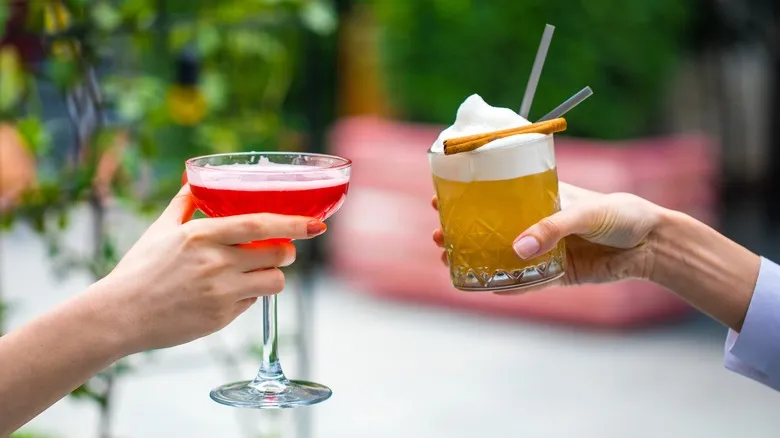Black tea or green tea for your cocktail?
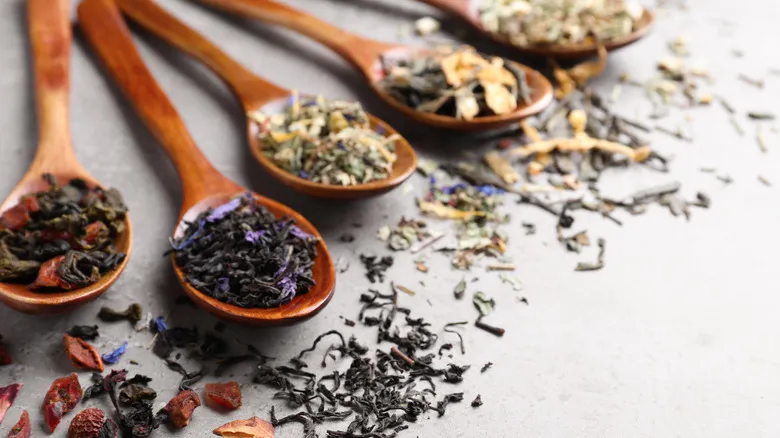
In his book "Punch: The Delights (and Dangers) of the Flowing Bowl," David Wondrich notes that when it comes to flavor, green tea is a far more favored mixer than its stronger black tea counterpart due to its gentler, less astringent taste. The absence of a sharp "bite" makes punch with green tea much more palatable and requires less sugar. On the other hand, using black tea often necessitates a significant amount of sugar to counteract its mouth-puckering tannins.
However, when crafting a punch, flavor isn't the only factor to consider in choosing the right tea. Black tea is high in caffeine, which is why sailors often opted for it in their punch recipes to help them stay alert. If that sounds appealing to you (and you're ready to be energized for a while), consider brewing some gunpowder or builder's tea for your mix.
Green tea is perfect for a refreshing brunch drink or a delightful afternoon tea. For evening gatherings, you might want to opt for a more contemporary choice—decaffeinated tea—to maintain your regular sleep routine. It's best to steer clear of herbal or flavored teas, as they can diminish the punch's overall flavor profile.
Use arrack for extra historical accuracy
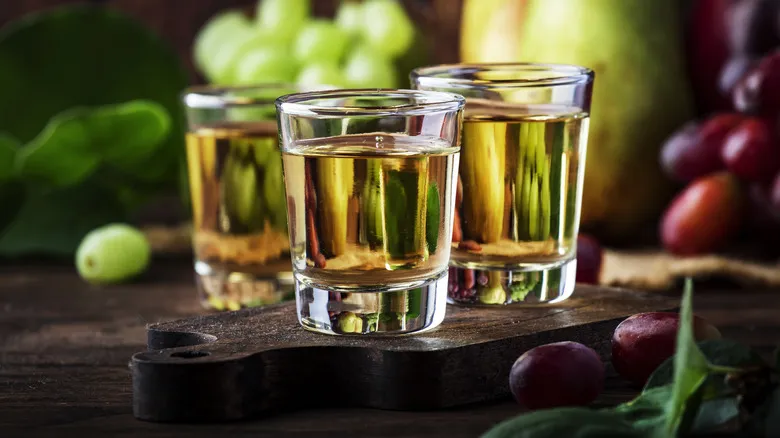
The initial punches originated from ships traveling to and from the East Indies, which would have been stocked with arrack as the preferred alcohol (instead of the rum typically associated with sailors). Arrack is a general term for spirits produced in the Indian subcontinent and much of Southeast Asia during that era, crafted from various ingredients such as rice and palm sap. However, as noted by David Wondrich, Batavia arrack, made from sugarcane (also referred to as Indonesian or Jakarta arrack), was already present in the holds of East India Company vessels by 1613.
If you're looking to savor a taste of history, the good news is that arrack is still being made today. You should definitely consider replacing the "aged rum" in Wondrich's tea punch recipe with arrack. While it may be a bit more challenging to find than rum, the effort will certainly be worthwhile. After all, sailors once insisted that arrack was superior to Caribbean rums and made for a better punch. But is it really better? You can decide for yourself! And once you've enjoyed that historic drink, you can also try the punch that was popular among Revolutionary-era Philadelphians.
Recommended
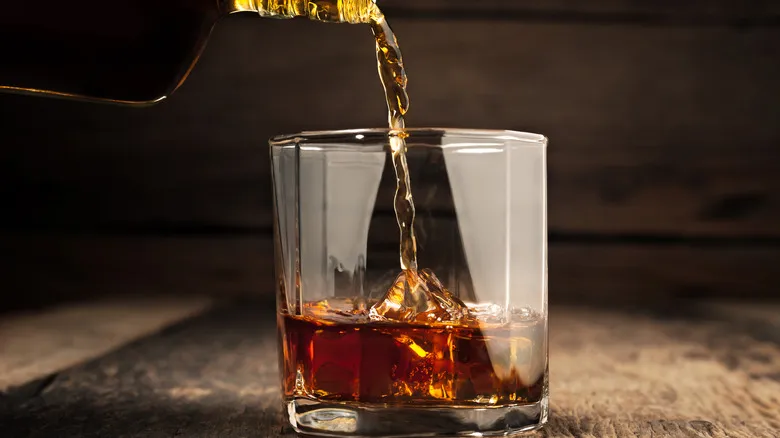
What Rotgut Means For Whiskey And Why It Should Send You Running

The Biggest Mistake Everyone Makes When Serving Canned Cocktails
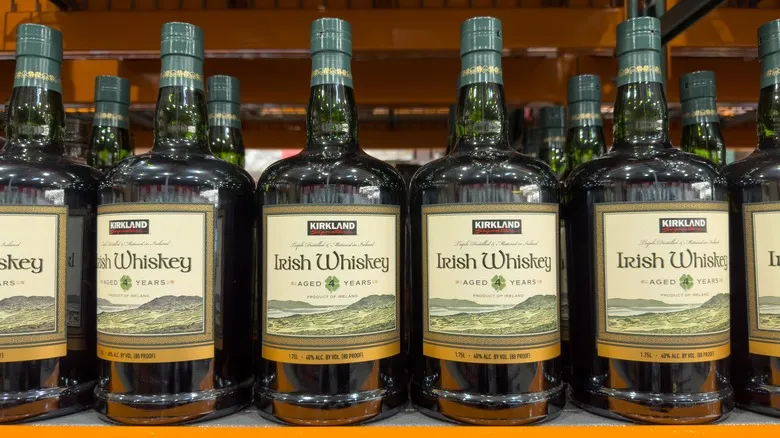
What Company Is Behind Costco's Kirkland Brand Irish Whiskey?
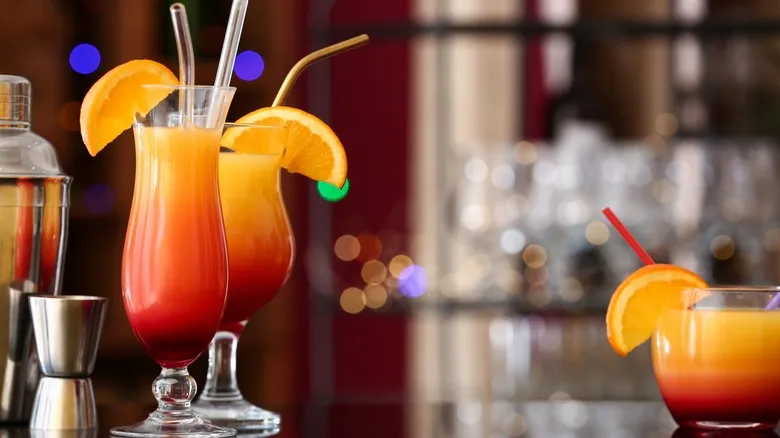
What's A Tequila Sunrise Vs A Tequila Sunset?
Next up

